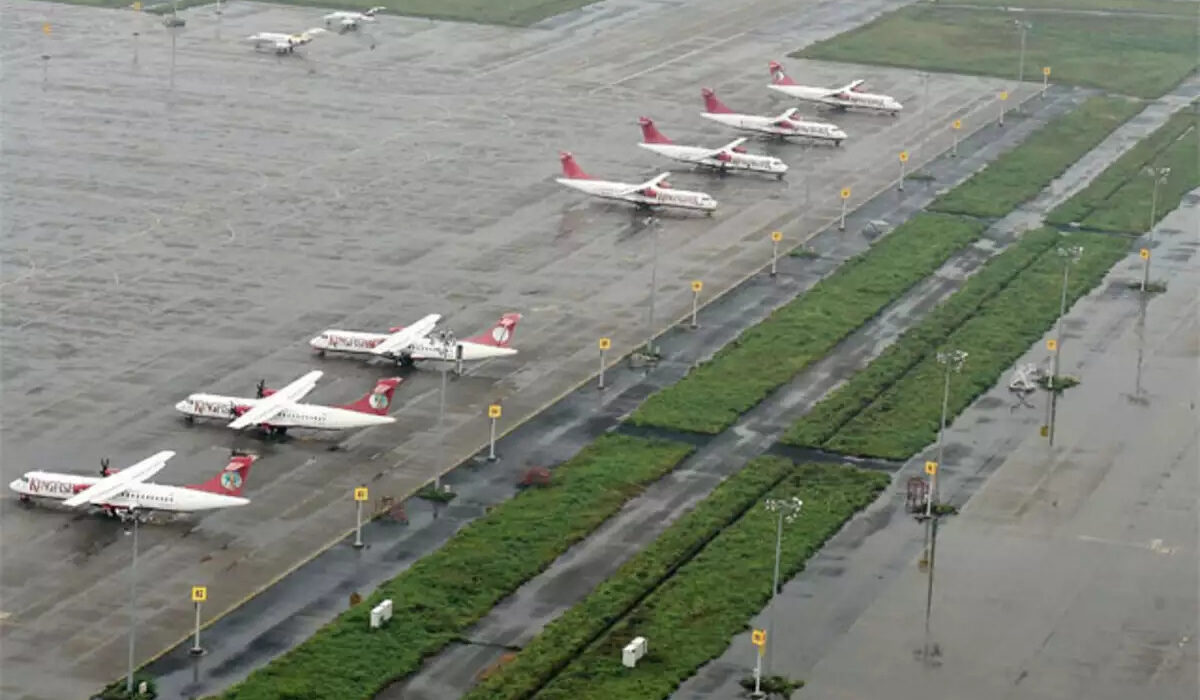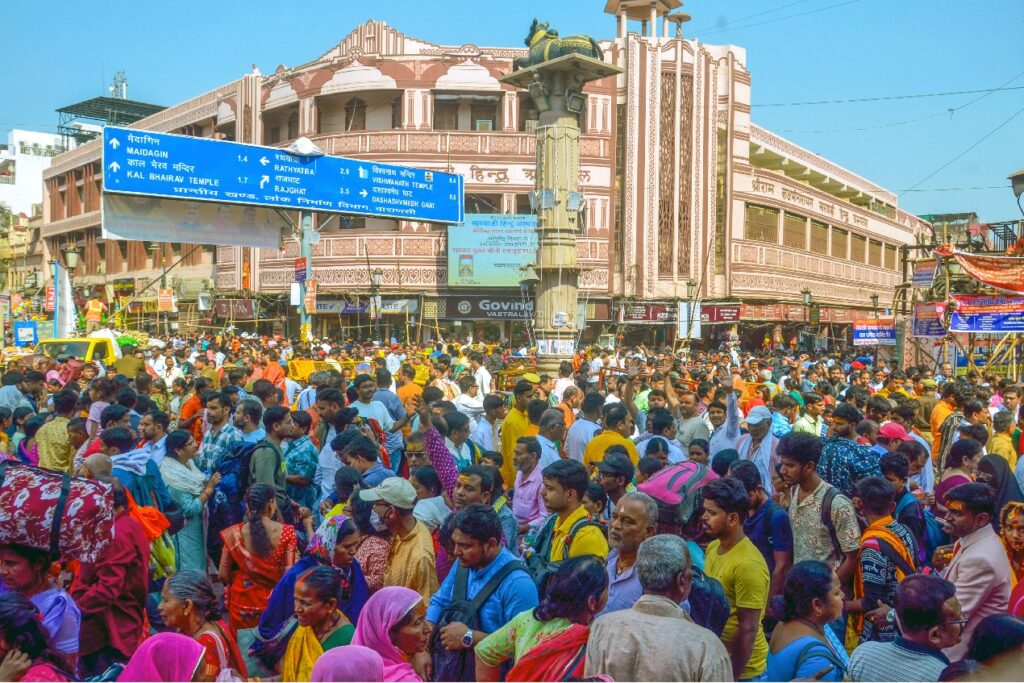12 Greenfield Airports operationalised out of 21 initially approved: Aviation Ministry

Greenfield airports are constructed on untouched land, showcasing a dedication to reducing their environmental footprint. This comes as urban airports encounter growing issues related to overcrowding and environmental concerns. Greenfield airports are aviation establishments erected on previously unused or vacant plots.
In a persistent effort to expand the airport facilities, including upgradation of infrastructures, the central government has accorded ‘in-principle’ approval for setting up of 21 new greenfield airports. Out of these 21 greenfield airports,12 greenfield airports have been operationalised, the Minister of State for Ministry of Civil Aviation Gen. (Dr) V. K. Singh informed in a written reply in Lok Sabha.
In 2008, the government implemented the Greenfield Airports (GFA) Policy, which outlined a structure for establishing and operating new airports. These upcoming airports, known as Greenfield Airports, have a dual purpose: improving transportation links and making air travel more reachable. The primary aim is to shift air traffic from current urban airports to sites situated away from city hubs. This move is expected to lower pollution and ease environmental pressures.
Greenfield airports are constructed on untouched land, showcasing a dedication to reducing their environmental footprint. This comes as urban airports encounter growing issues related to overcrowding and environmental concerns. Greenfield airports are aviation establishments erected on previously unused or vacant plots. The term “greenfield” underscores their eco-conscious attributes, aiming to limit their impact on the environment throughout the building and operational phases.
AAI and other airport operators have initiated a Capital Expenditure (Capex) Plan exceeding Rs. 98,000 crore, with AAI alone allocating approximately Rs. 25,000 crore between 2019 and 2024. This funding is aimed at enhancing, renovating, and modernizing existing brownfield airports, as well as constructing new greenfield airports. These efforts are geared towards addressing the increasing requirements and demands within the aviation sector.
According to the statement, AAI has undertaken development/ expansion of Port Blair in Andaman & Nicobar Islands, Vijayawada and Tirupati in Andhra Pradesh, Itanagar and Tezu in Arunachal Pradesh, Dibrugarh in Assam, Darbhanga and Patna in Bihar, Safdarjung in Delhi, Goa, Dholera, Rajkot, Surat and Vadodara in Gujarat, Leh in Ladakh, Kalaburagi in Karnataka, Calicut in Kerala, Bhopal, Gwalior, Indore, Jabalpur and Rewa in Madhya Pradesh, Juhu, Kolhapur and Pune in Maharashtra, Imphal in Manipur, Bhubaneswar in Odisha, Jodhpur in Rajasthan, Chennai, Coimbatore, Madurai, Trichy and Tuticorin in Tamil Nadu, Agartala in Tripura, Ayodhya, Gorakhpur, Kanpur, Muirpur and Saharanpur in Uttar Pradesh, Dehradun in Uttarakhand and Kolkata in West Bengal.
AAI and relevant airport operators upgrade facilities to meet global standards set by organizations like ICAO and IATA. Factors considered include commercial viability, passenger needs, land availability, and airline preferences. Designating an airport as international hinges on factors like traffic potential, airline demand for global flights, and bilateral air agreements. Requirements involve amenities like lighting, Instrument Landing System, runway length, immigration, and quarantine services.









